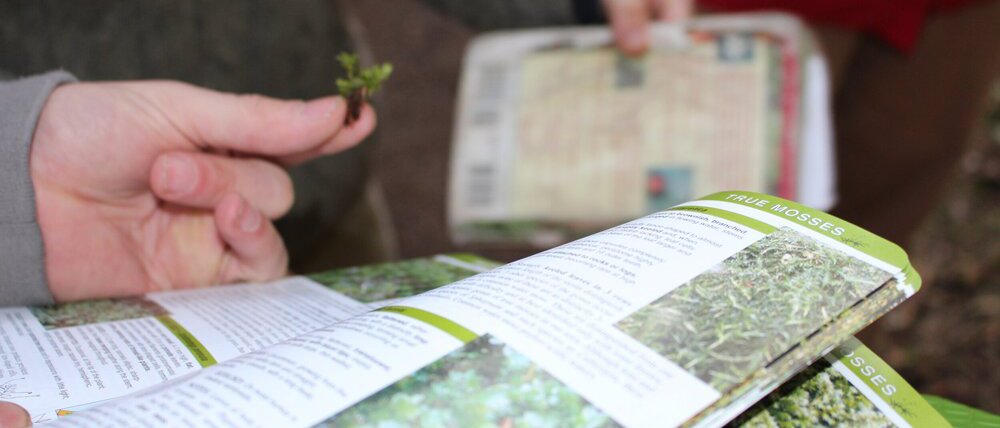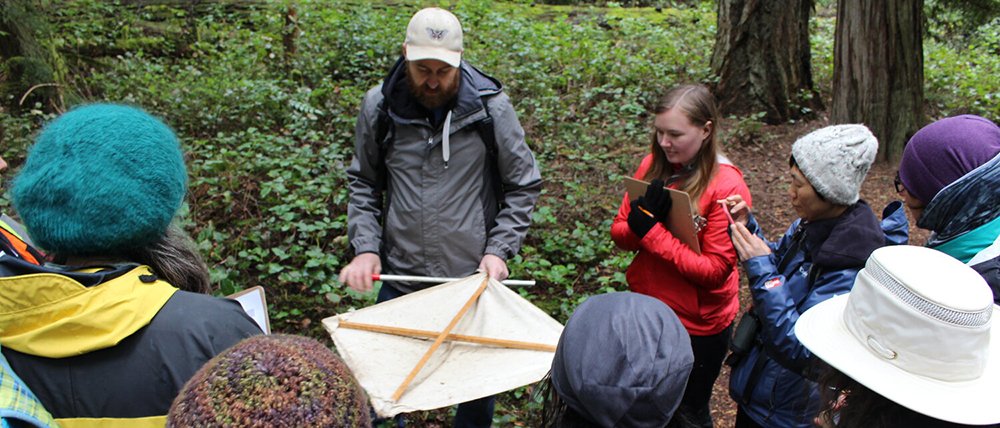Biosphere Regions and Biodiversity
[Adapted from Biodiversity | UNESCO]
Biodiversity is the living fabric of our planet. It underpins human wellbeing in the present and in the future, and its rapid decline threatens nature and people alike. It is vital to transform people’s roles, actions and relationships with biodiversity, to halt and reverse its decline.
In 1971, UNESCO launched the Man and the Biosphere (MAB) programme with the conviction that the conservation of natural resources should go hand in hand with their rational use, and that it was not enough to simply put nature in a “closed jar“ in strictly protected areas.
This vision is reflected on the ground by the creation of UNESCO biosphere reserves. These are terrestrial, marine and coastal territories where the inhabitants share a common project to thrive in harmonious interaction with nature over the long term.
The MAB programme combines the natural and social sciences with a view to improving human livelihoods and safe-guarding natural and managed ecosystems, thus promoting innovative approaches to economic development that are socially and culturally appropriate and environ-mentally sustainable.
Canadian Biosphere Regions and Biodiversity
In Canada, biodiversity conservation work happening in biosphere reserves/regions could include: stewardship and restoration, land acquisition, landscape and management planning as well as research, monitoring, analysis and documenting biodiversity. Some of these projects include:
Mount Arrowsmith’s Annual BioBlitz Event
Bras d’Or Lakes’ Bras d’Or Watch Project
Waterton’s Northern Leopard Frog Project
Georgian Bay’s State of the Bay Project
Long Point’s Causeway Improvement Project
Vasseur and Siron’s Assessing Ecosystem Services in UNESCO Biosphere Reserves Paper
CBRA co-hosted the Biodiversity Research Summit showcasing biodiversity research in Canada’s BRs
Mount Arrowsmith’s Citizen Science initiatives
In addition to the biodiversity projects mentioned above, CBRA also contributed to the public consultation for the National Biodiversity Strategy. Our response can be found here: Toward a 2030 Biodiversity Strategy for Canada - CBRA's response
Régions de la Biosphère et Biodiversité
[Adapté de Biodiversité | UNESCO]
La biodiversité constitue le tissu vivant de notre planète. Elle sous-tend le bien-être actuel et futur des êtres humains, et son déclin rapide représente une menace pour la nature comme les humains. Pour mettre un terme à ce déclin ou inverser la tendance, il est essentiel de changer les rôles, les actions et les relations des individus à l’égard de la biodiversité.
En 1971, l'UNESCO a lancé le programme L'homme et la biosphère (MAB) avec la conviction que la conservation des ressources naturelles devait aller de pair avec leur utilisation rationnelle et qu'il ne suffisait pas de mettre la nature dans un "bocal fermé" dans des zones strictement protégées.
Cette vision se traduit sur le terrain par la création des réserves de biosphère de l'UNESCO. Il s'agit de territoires terrestres, marins et côtiers où les habitants partagent un projet commun de s'épanouir à long terme dans une interaction harmonieuse avec la nature.
Le programme MAB associe les sciences naturelles et sociales en vue d'améliorer les moyens de subsistance de l'homme et de protéger les écosystèmes naturels et aménagés, promouvant ainsi des approches novatrices du développement économique qui soient socialement et culturellement appropriées et écologiquement durables.
Régions Canadiennes de la Biosphère et Biodiversité
Au Canada, les travaux de conservation de la biodiversité menés dans les réserves/régions de biosphère peuvent inclure : l'intendance et la restauration, l'acquisition de terres, la planification du paysage et de la gestion, ainsi que la recherche, la surveillance, l'analyse et la documentation de la biodiversité. Voici quelques-uns de ces projets :
Mont Arrowsmith’s Annual BioBlitz
Lac du Bras d'Ors’ Bras d’Or Watch
Waterton’s Northern Leopard Frog
Baie Georgienne’s State of the Bay
Point Long’s Causeway Improvement
Vasseur et Siron’s Assessing Ecosystem Services in UNESCO Biosphere Reserves Papier
L’ACRB a co-organisé le Biodiversity Research Summit mettre en valeur la recherche sur la biodiversité dans les RB du Canada
Mont Arrowsmith’s Citizen Science
Outre les projets sur la biodiversité mentionnés ci-dessus, l’ACRB a également contribué à la consultation publique sur la stratégie nationale pour la biodiversité. Notre réponse se trouve ici : Vers une stratégie canadienne 2030 pour la biodiversité - La réponse de l'ACRB




